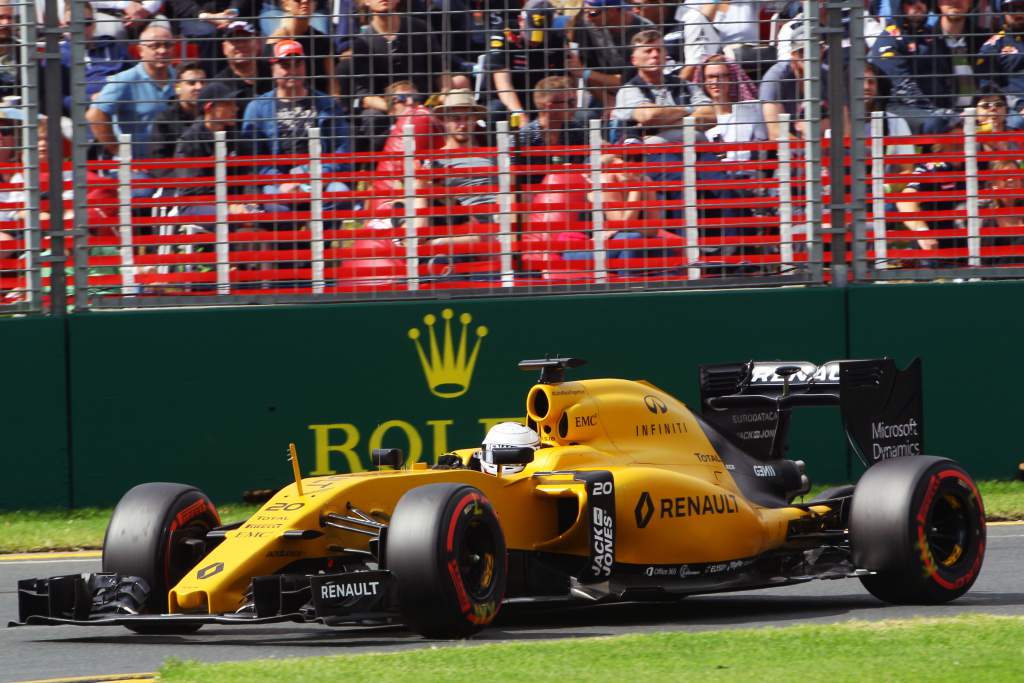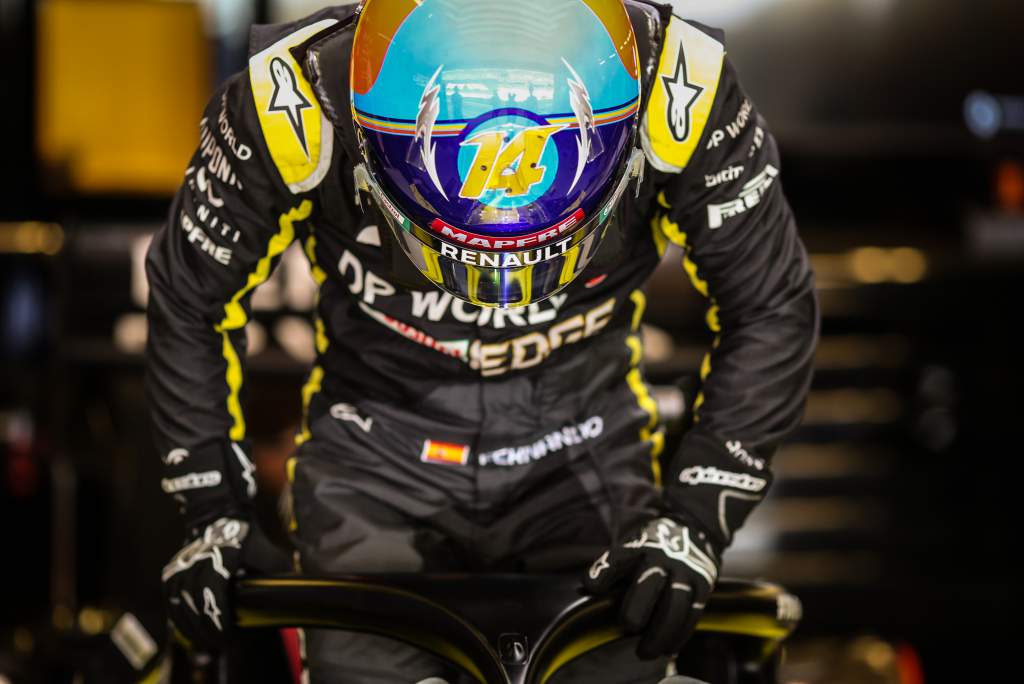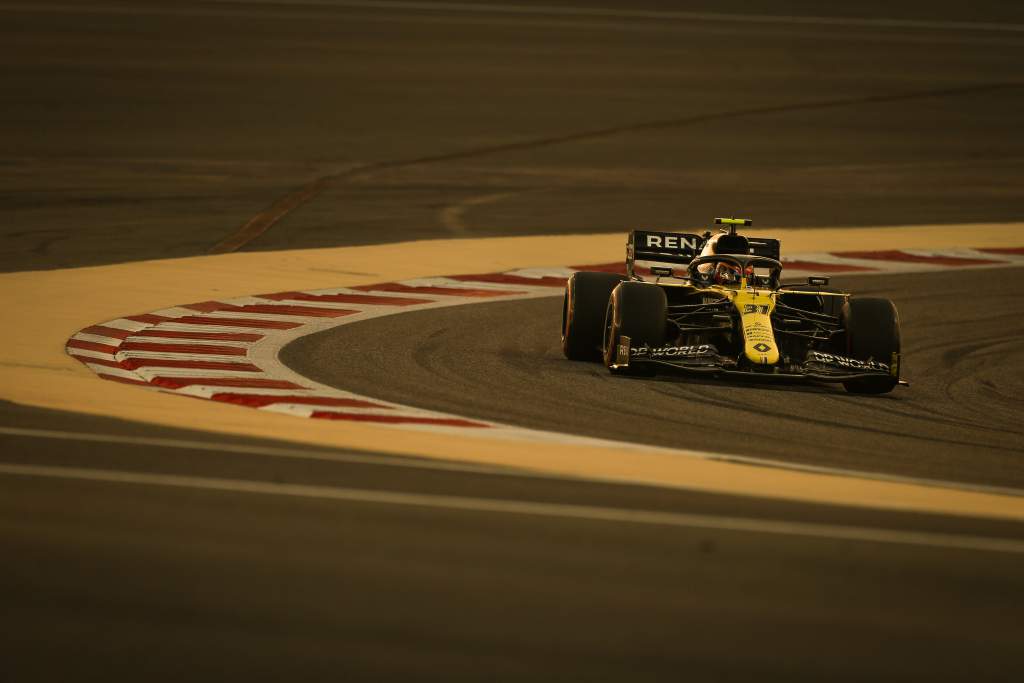Up Next

New name, new livery, new management, the return of a legend behind the wheel.
But the challenge remains as before for the now-Alpine-badged Enstone Formula 1 team as it launches its 2021 car today: how to smash through the apparent glass ceiling of that midfield pack.
Laying down the foundations for that to happen are taking longer than the previous team boss Cyril Abiteboul envisioned.
There has been a basic incompatibility between the amount of resource the automotive parent company Renault wishes to allocate to an F1 project and the level of success realistically achievable within that budget. That has brought tensions and pressures to even this most robust team of seasoned campaigners.
The failure of the 2019 technical management to make the performance advances expected after a heavy technical investment led to their departure at the end of that season.
Their replacements – namely Pat Fry and Dirk de Beer – joined too late to be able to impart much of an influence on the 2020 car, which was actually a better car than its predecessor and scored three podiums.

The team has been on a steady improvement curve since Renault repurchased it in 2016, when its car (pictured above) was 2.8s off the pace. In each subsequent year since, that deficit has reduced: to 1.8s, 1.7s, 1.4s and – last year – 1.2s.
The fact that the dismissed team leaders had, before they left, pulled together an improved car just underlines the value of stability. That’s a quality which seems somewhat elusive at the moment in the wake of major management changes.
This has cascaded down from enforced management changes in the parent company triggered a couple of years ago by Carlos Ghosn’s unexpected departure.
Since Luca de Meo took up the CEO position a few months ago he has taken a very keen interest in the F1 programme and, not unnaturally, wants to stamp his own mark on it.
As such he recruited Davide Brivio from MotoGP to run the team in the expectation that Abiteboul would accept a management job overseeing the whole Alpine brand.
Instead, Abiteboul quit – and there has been something of a hurried reshuffling of responsibilities in the wake of that. Quite how the incumbent executive director Marcin Budkowski and Brivio split their responsibilities is not yet clear – and this sets a tenor for the whole team.
Ambiguity and uncertainty is rarely a good preparation for a racing team and the hope is that this can all be settled quickly.

Into this mix insert the returning, hugely ambitious Fernando Alonso, recruited by Abiteboul as the departing Daniel Ricciardo’s replacement. Someone who will be blunt about any shortcomings.
Any driver pushing 40 years old and returning to F1 after two years away must face questions about his prospects. But this is Alonso. Remarkable is the norm for him.
There looked little missing from his skills last year in Abu Dhabi where after lapping the old 2005 V10 car at speeds only a couple of seconds off the back of the current grid, he proceeded in the ‘young driver’ test to lap the RS20 faster than it had been qualified by its regular drivers a few days earlier.
But the ultimate barometer of his performance will be that of team-mate Esteban Ocon, a driver who in career terms badly needs to bounce back strongly from having been dominated by Ricciardo last year. There is definitely potential for tension in that line-up.
On the positive side, there is a respectable base to build upon. At its best, in the second half of the season, last year’s Renault was capable of podiums.
It tended to run sweeter on low-downforce tracks, suggesting there may have been some un-simulated aerodynamic issues when run in higher downforce trim.

If the team now has a fuller understanding of that and if the Viry engine facility – now only supplying Alpine following McLaren’s return to Mercedes – can again provide a decently competitive power unit, there’s no physical reason why that deficit to the front can’t narrow further.
But Alpine is up against some likely very hot competition in this part of the grid in the shape of Aston Martin, Ferrari and McLaren.
To keep that momentum going and to keep Alonso happy may require some very strong leadership.






